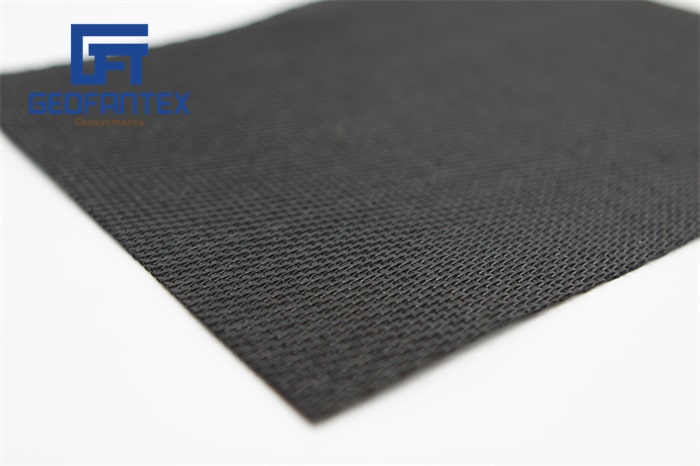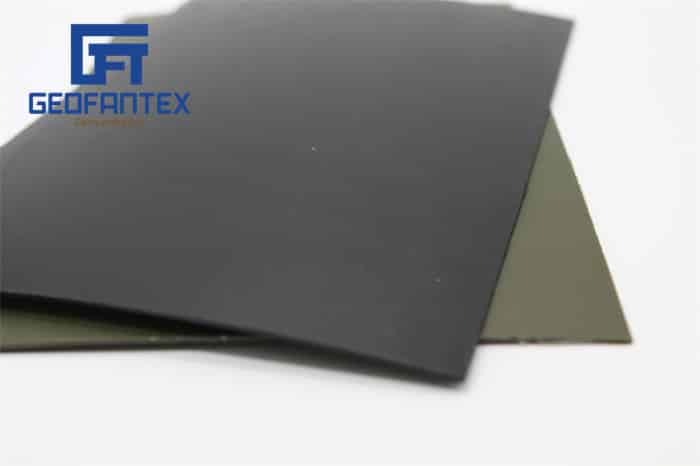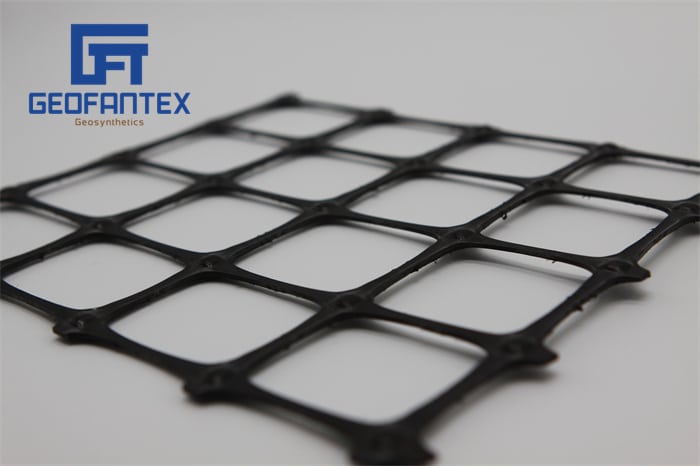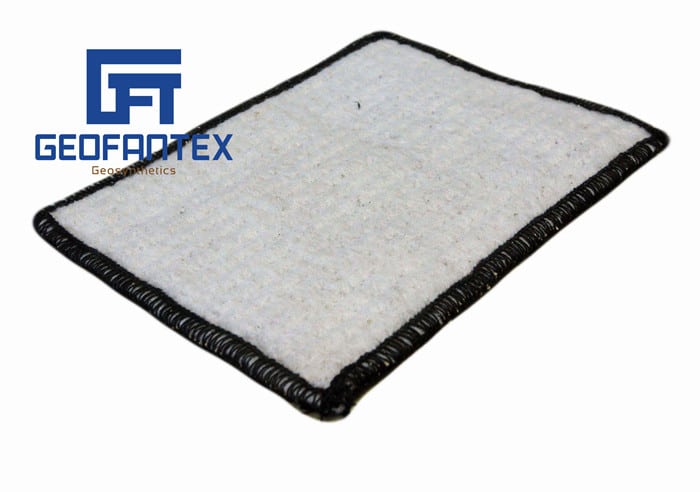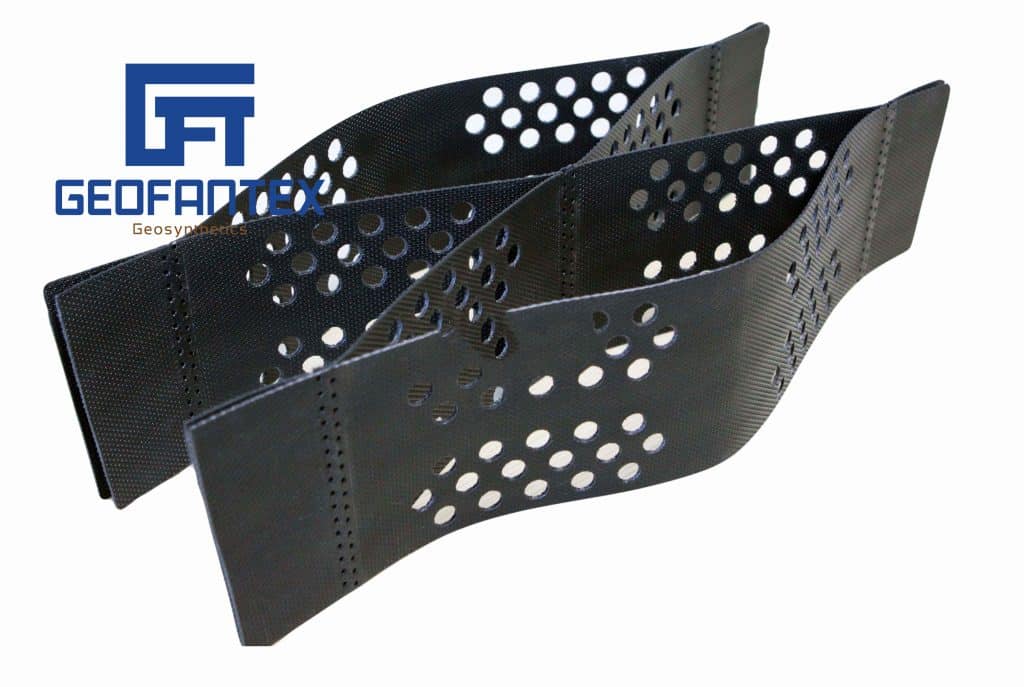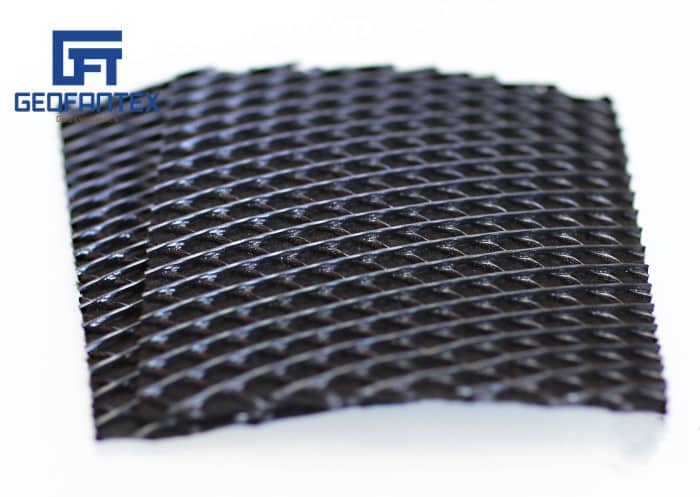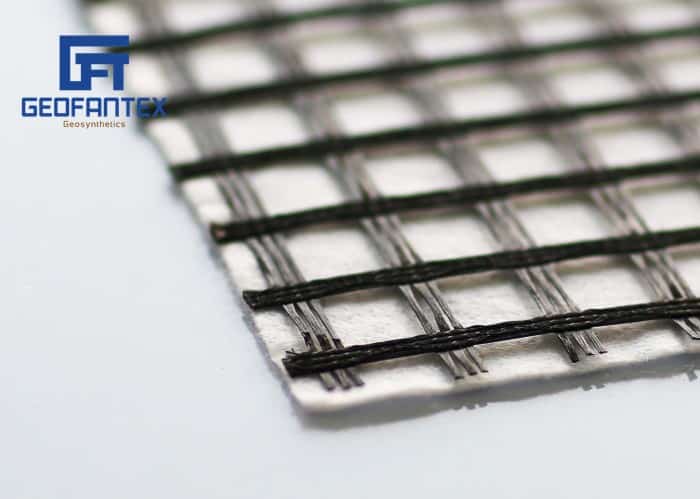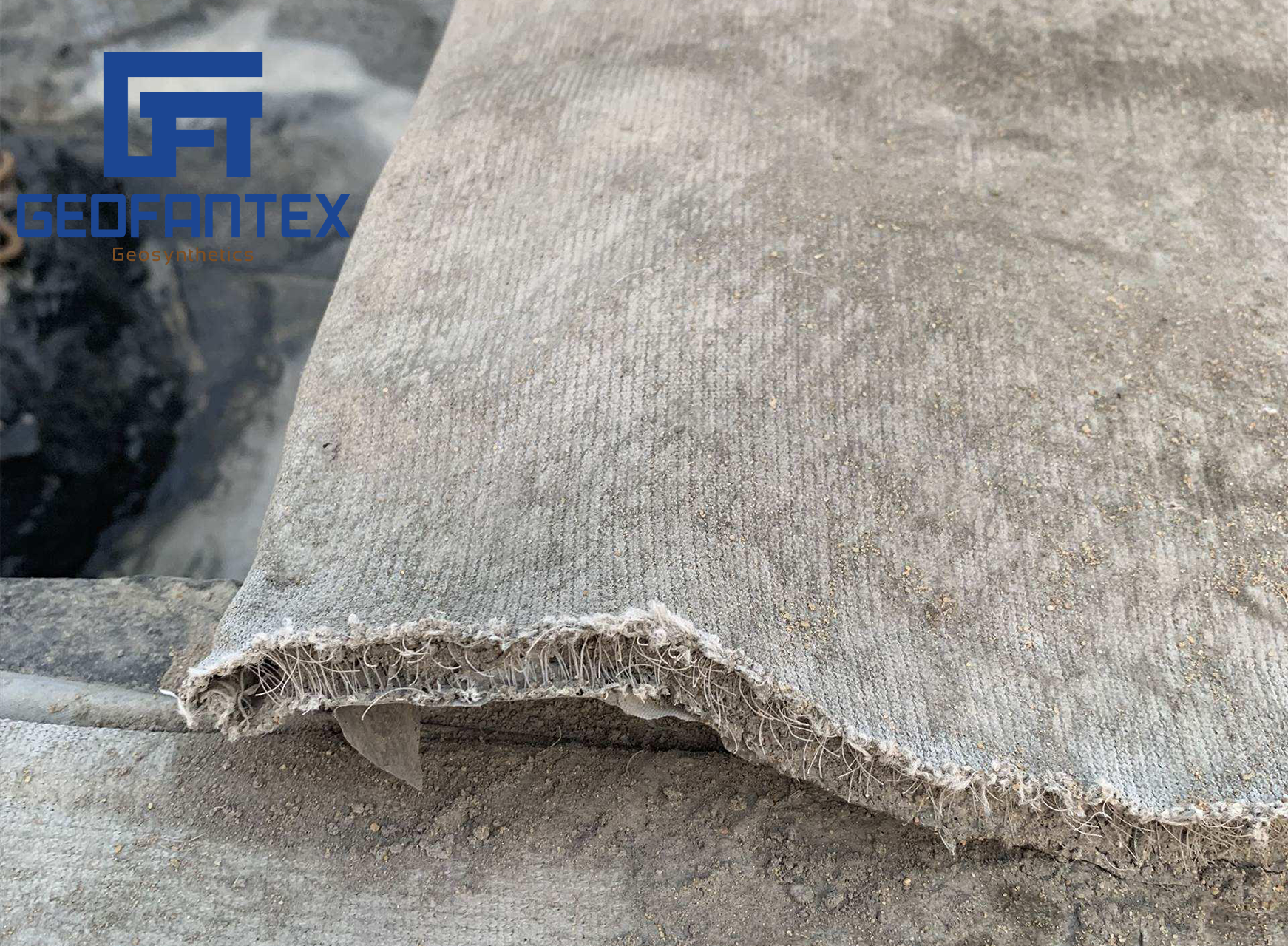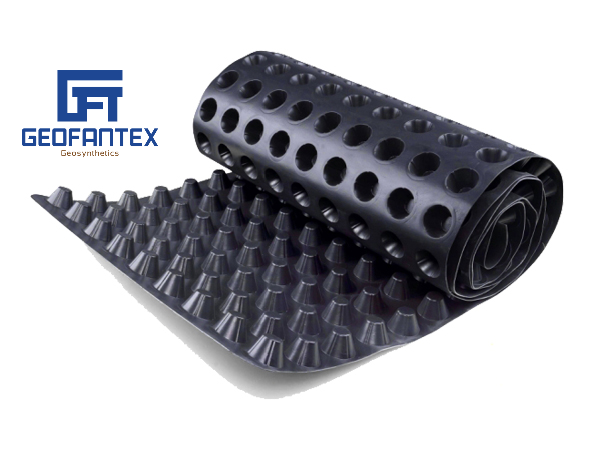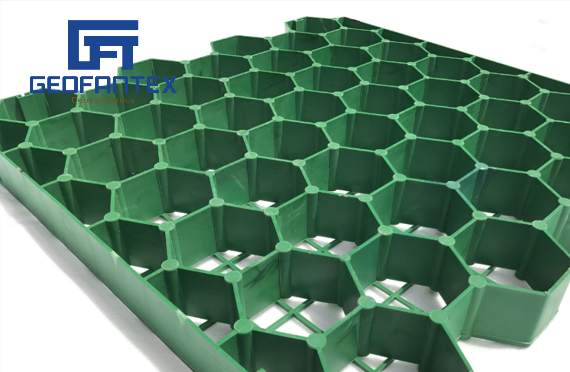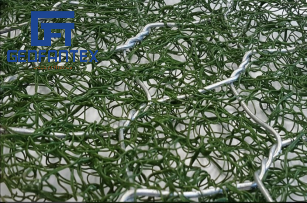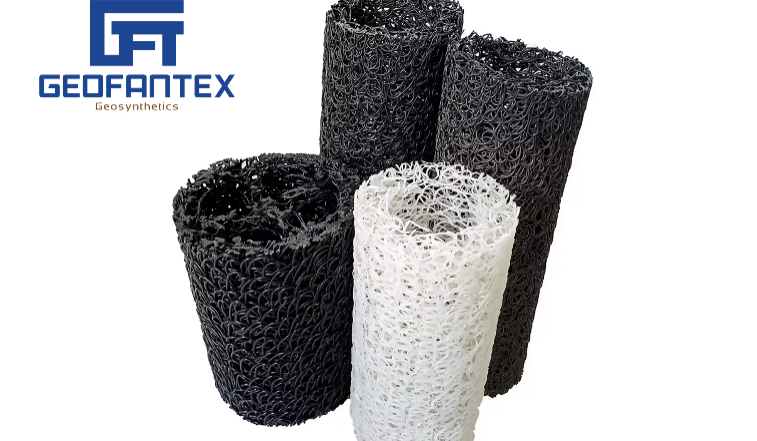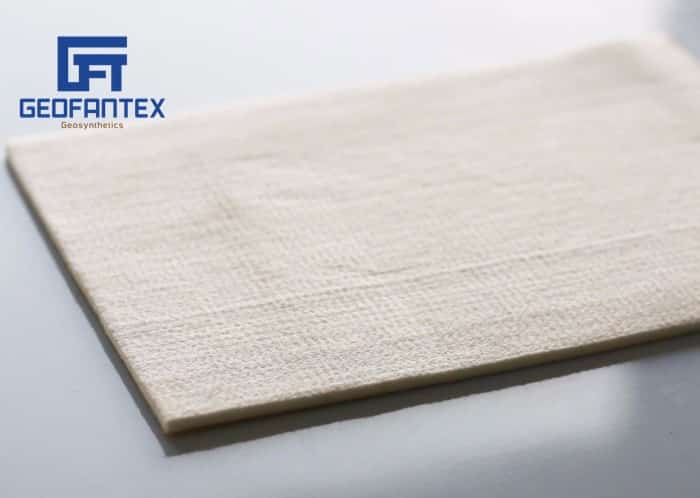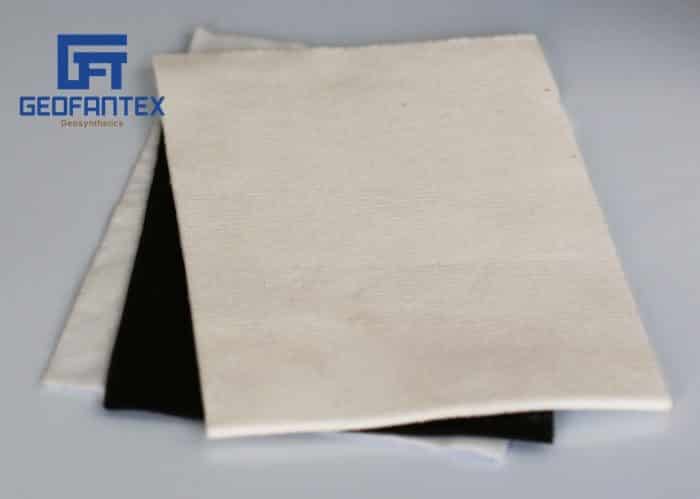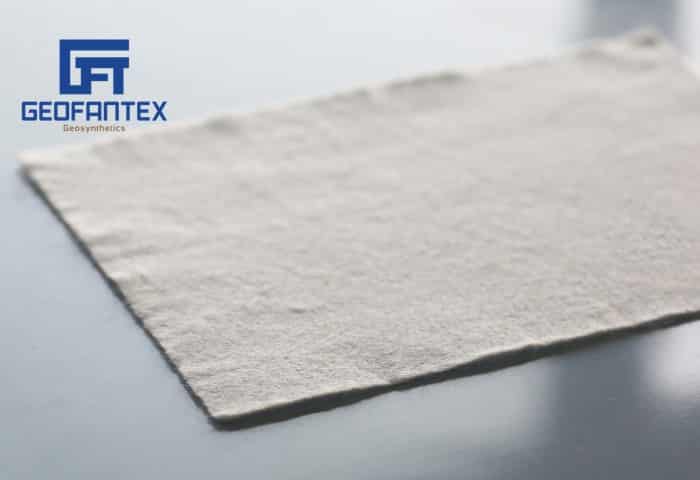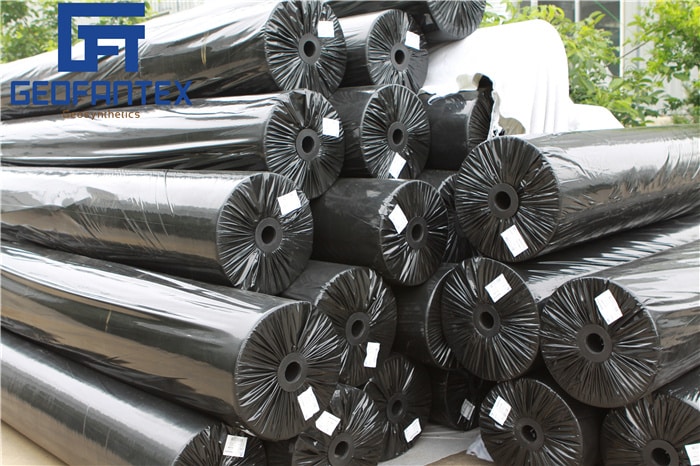+86-159 9860 6917
info@geofantex.com
geofantex@gmail.com
+86-400-8266163-44899
A geotextile fabric retaining wall is a crucial component in modern soil reinforcement, offering enhanced stability, erosion control, and drainage management. As the demand for durable and cost-effective retaining wall solutions grows, geosynthetic materials continue to play a vital role in infrastructure and landscaping projects. Below, we answer key industry questions about geotextile fabric applications in retaining walls.
How Does Geotextile Fabric Retaining Wall Technology Work?
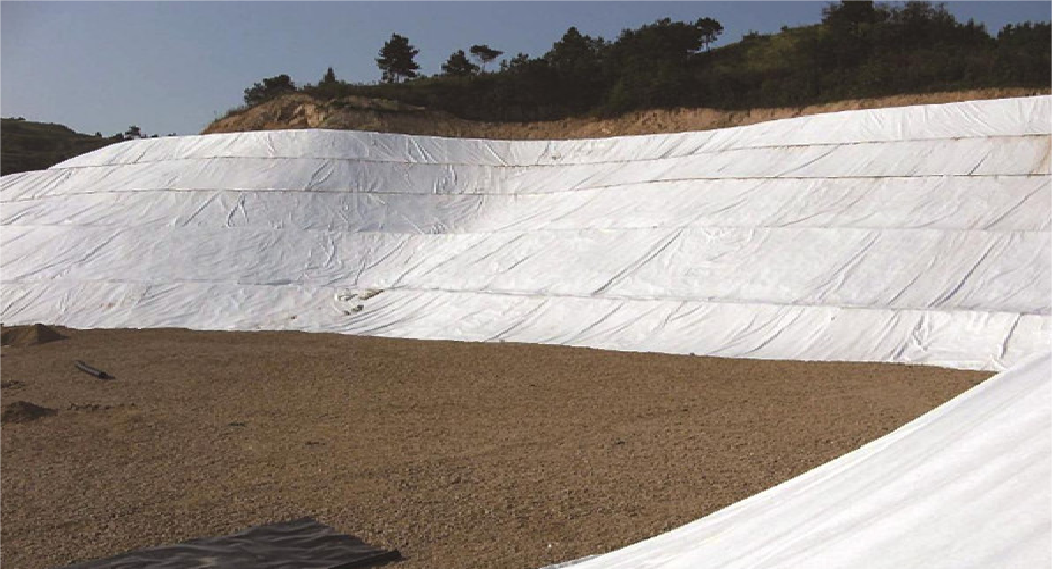
Geotextile fabric retaining wall technology uses synthetic fabrics to improve soil stability and support retaining walls. Here’s how it works:
- Reinforcement and Stabilization: The geotextile fabric is often used in conjunction with other materials like gravel, sand, and soil. It acts as a reinforcing layer that stabilizes the soil behind the retaining wall. This is especially useful in preventing soil erosion or shifting.
- Separation: The fabric helps separate different soil layers, ensuring that the materials do not mix. This separation prevents the migration of fine particles into the larger aggregates, maintaining the integrity and strength of the wall structure.
- Drainage: Geotextiles have permeable properties, which allow water to drain through the wall. This reduces the build-up of hydrostatic pressure behind the wall, which can lead to wall failure. The fabric facilitates proper drainage while preventing the passage of fine particles.
- Load Distribution: The fabric helps distribute the weight and pressure exerted by the soil behind the wall more evenly. This contributes to the overall strength and stability of the retaining wall.
In practice, geotextile fabrics are typically used in applications such as terraced landscaping, road embankments, and other structures where soil reinforcement and drainage are critical.
What are the benefits of using geotextile fabric to retain walls?
- Enhanced Soil Reinforcement: Geotextiles distribute pressure evenly, reducing the risk of wall failure.
- Improved Drainage: Water passes through the fabric while preventing soil migration.
- Erosion Control: Helps stabilize slopes and prevent soil loss in harsh weather conditions.
- Cost-Effective Solution: Reduces the need for extensive excavation and additional structural support.
- Long-Term Durability: Geotextiles have a lifespan of 20-100 years, depending on environmental conditions (International Geosynthetics Society, IGS).
What Types of Geotextile Fabrics Are Used for Retaining Walls?

There are two main types of geotextiles used in retaining wall applications:
- Woven Geotextiles: These fabrics provide high tensile strength, making them ideal for soil reinforcement and heavy load applications.
- Non-Woven Geotextiles: These are more permeable and are used primarily for filtration and drainage behind retaining walls.
Industry research shows that woven geotextiles can increase retaining wall lifespan by up to 40% compared to traditional soil reinforcement methods (Geosynthetics Research Journal, 2023).
What Are the Key Considerations When Choosing Geotextile Fabric for a Retaining Wall?
- Soil Type: Select the appropriate geotextile based on soil composition and drainage requirements.
- Wall Height and Load: Higher walls require stronger geotextile materials for reinforcement.
- Environmental Conditions: UV resistance and chemical stability are essential for long-term performance.
- Installation Method: Proper layering and overlap ensure optimal strength and stability.
By integrating geotextiles into retaining wall designs, engineers and contractors can enhance structural integrity, reduce maintenance costs, and extend the lifespan of retaining walls. As geosynthetic technology continues to advance, these materials are becoming an industry standard for modern infrastructure projects.
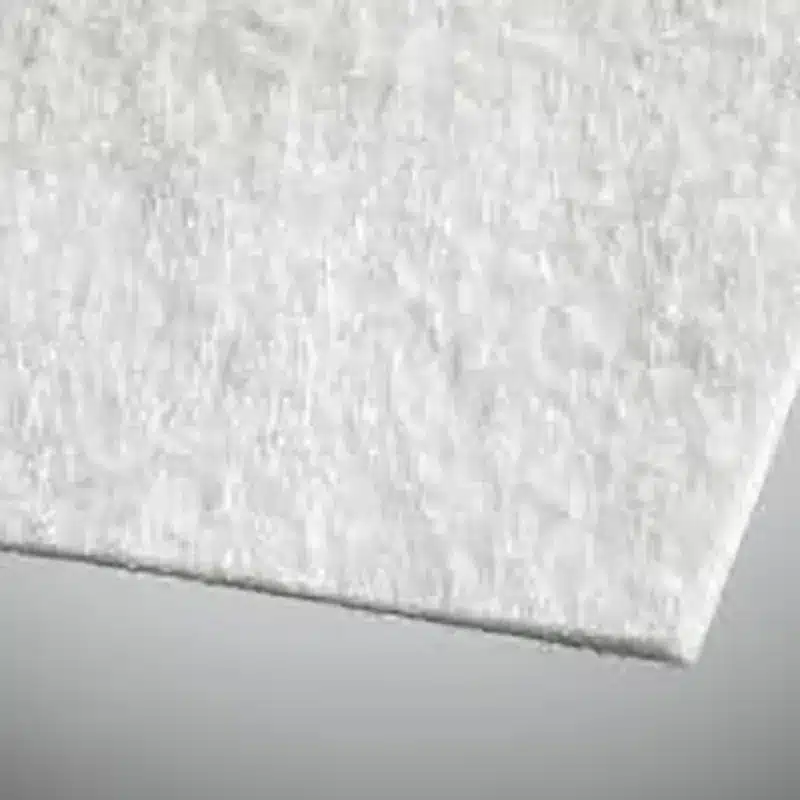
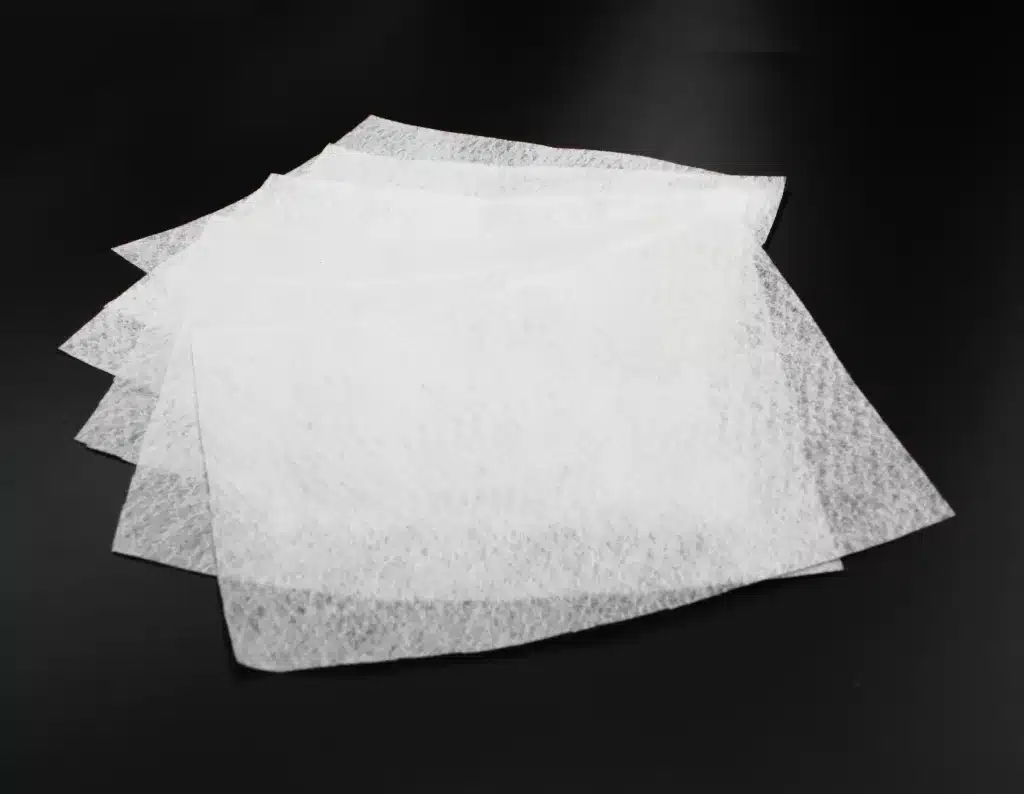

Get Free Sample
We’ll respond as soon as possible(within 12 hours)


